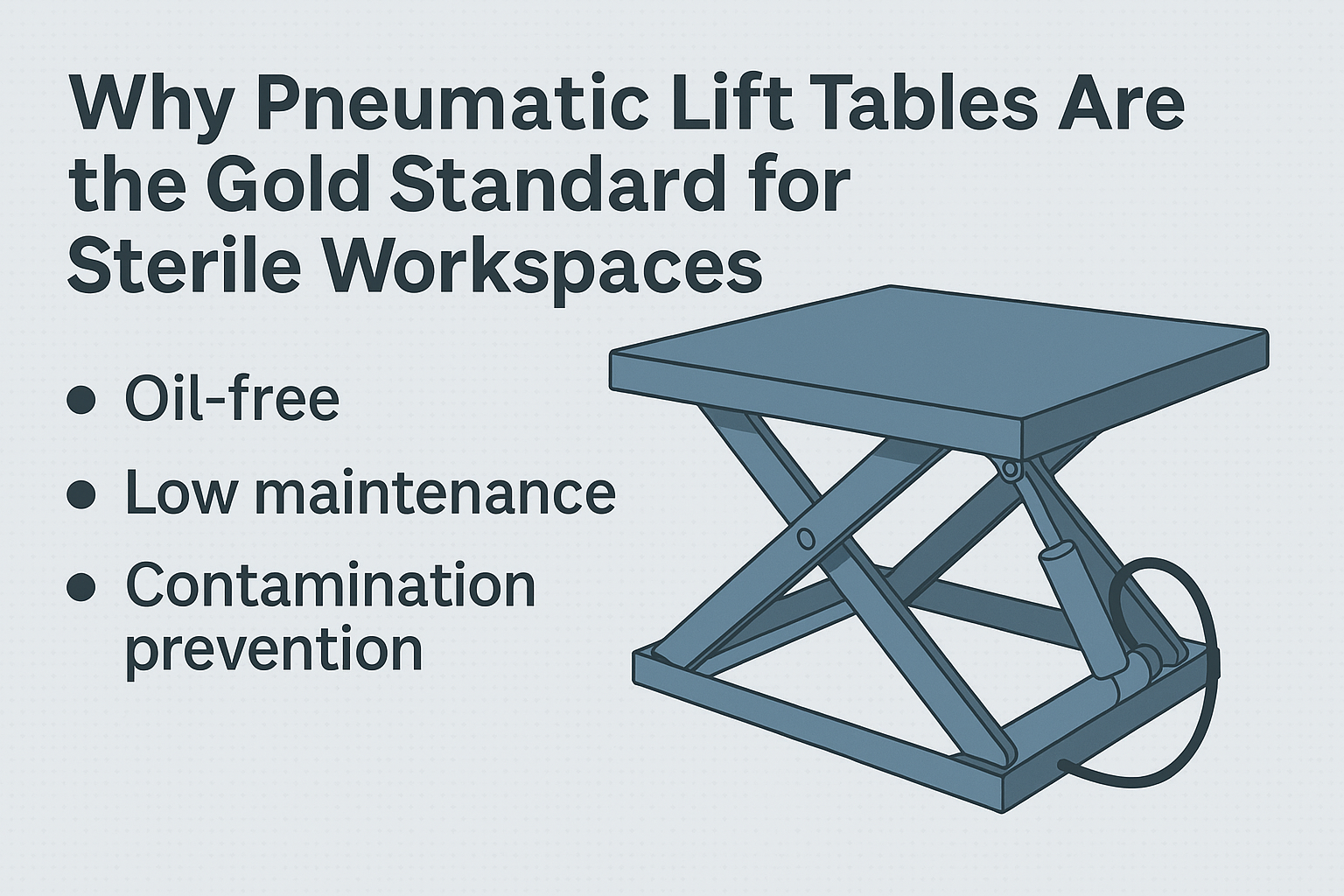
Why Pneumatic Lift Tables Are the Gold Standard for Sterile Workspaces
Explore why pneumatic lift tables outperform hydraulic and electric options in sterile environments. Clean, safe,
Industrial manlifts are essential tools in various industries, providing safe and efficient access to high work areas. However, like any machinery, manlifts can experience failures and emergencies. Being prepared for such situations is crucial for ensuring the safety of operators and workers. This article offers comprehensive guidelines and procedures for handling emergencies and equipment failures while using industrial manlifts.
Before diving into emergency procedures, it’s essential to understand the types of failures that can occur with industrial manlifts. Common issues include:
The key to effectively handling manlift emergencies lies in preparation. Here are essential steps to prepare for potential failures:
In the event of a manlift failure, prompt and appropriate actions can prevent injuries and further damage. Here are the steps to follow:
Different types of failures require specific actions. Here are detailed procedures for common manlift emergencies:
After handling an emergency, it is essential to follow up with proper procedures to ensure safety and prevent recurrence:
Emergencies and equipment failures with industrial manlifts can pose significant safety risks. However, with proper preparation, immediate action, and post-emergency procedures, these risks can be mitigated. Regular maintenance, comprehensive training, and clear emergency protocols are crucial for ensuring the safety of operators and workers. By following the guidelines outlined in this article, you can be better prepared to handle manlift failures and ensure a safe working environment.
For more information on industrial manlifts and safety protocols, visit Industrial Manlifts. Stay safe and prepared!

Explore why pneumatic lift tables outperform hydraulic and electric options in sterile environments. Clean, safe,

From pharma to semiconductors, see how top industries use cleanroom lift tables to maintain compliance,

Understand what makes a lift table truly FDA and GMP compliant. Explore the must-have features,
Copyright 2025 All Rights Reserved – Industrial Man Lifts